The 33rd Regiment was originally raised in 1702, and gained a reputation for professionalism and military capability, thought by some observers to be unequaled in the British Army. Due to its exemplary service, the unit was nicknamed “the Pattern,” suggesting it should serve as the standard for all British infantry regiments.
The 33rd Regiment arrived in America in 1776 with its colonel, Charles, Lord Cornwallis. When Cornwallis was promoted to Major General, the unit fought under the command of Lt. Col. James Webster. The 33rd saw service in the north, fighting at the Battles of Long Island, Brandywine, Germantown and Monmouth.
In 1780 the regiment followed Cornwallis as British strategy moved to the South, fighting at the Siege of Charleston, Camden, and Wetzell’s Mill.
In 1781 the unit saw service at the Battle of Guilford, where the fighting devolved into brutal hand-to-hand combat with Continental Army troops under the command of Nathanael Greene. Some accounts suggest that Cornwallis had his gunners fire grapeshot into this melee to regain control of his troops. After 90 minutes of fighting, Greene withdrew his troops as the British pushed forward. Cornwallis had won the field, but at a cost of nearly one quarter of his army. Included among the casualties was James Webster, who was mortally wounded.
The 33rd marched into Virginia with Cornwallis, fought at the Battle of Greensprings, near Williamsburg, and surrendered with the rest of Cornwallis’ army at Yorktown in October 1781.
 The 33rd returned to England and by 1796 was commanded by Arthur Wellesley, the future Duke of Wellington.
The 33rd returned to England and by 1796 was commanded by Arthur Wellesley, the future Duke of Wellington.
Neck Stock (cravat): Non-regimental length of black fabric worn around his neck, exposing the collar of his blue check shirt.
Headgear: Cocked Hat, with white worsted binding, black horsehair cockade, white cord with tassels. This soldier has turned the hat around, and let down the rear “flap,” to shade his face.
Coat: Standard red wool, with matching red collar, lapels, and cuffs. White worsted tape with a red strip, surround pewter buttons with the number of the regiment.
Knapsack: Heavy linen canvas, with outer flap painted red, and buff leather straps.
Cartridge Box: Standard issue 29-hole cartridge box, with buff leather strap, resting behind his right hip.
Accouterments: The bayonet, its socket visible under the brown linen haversack, is carried by a buff leather strap. A tin canteen is slung with a hemp cord.
Musket: Second Model “Brown Bess” smooth-bore musket with buff leather sling.
Trousers: Snug fitting brown linen canvas “gaitered trousers” were adopted for field service by many British units. These were fitted at the ankle to cover the shoes, like modern “spats.”
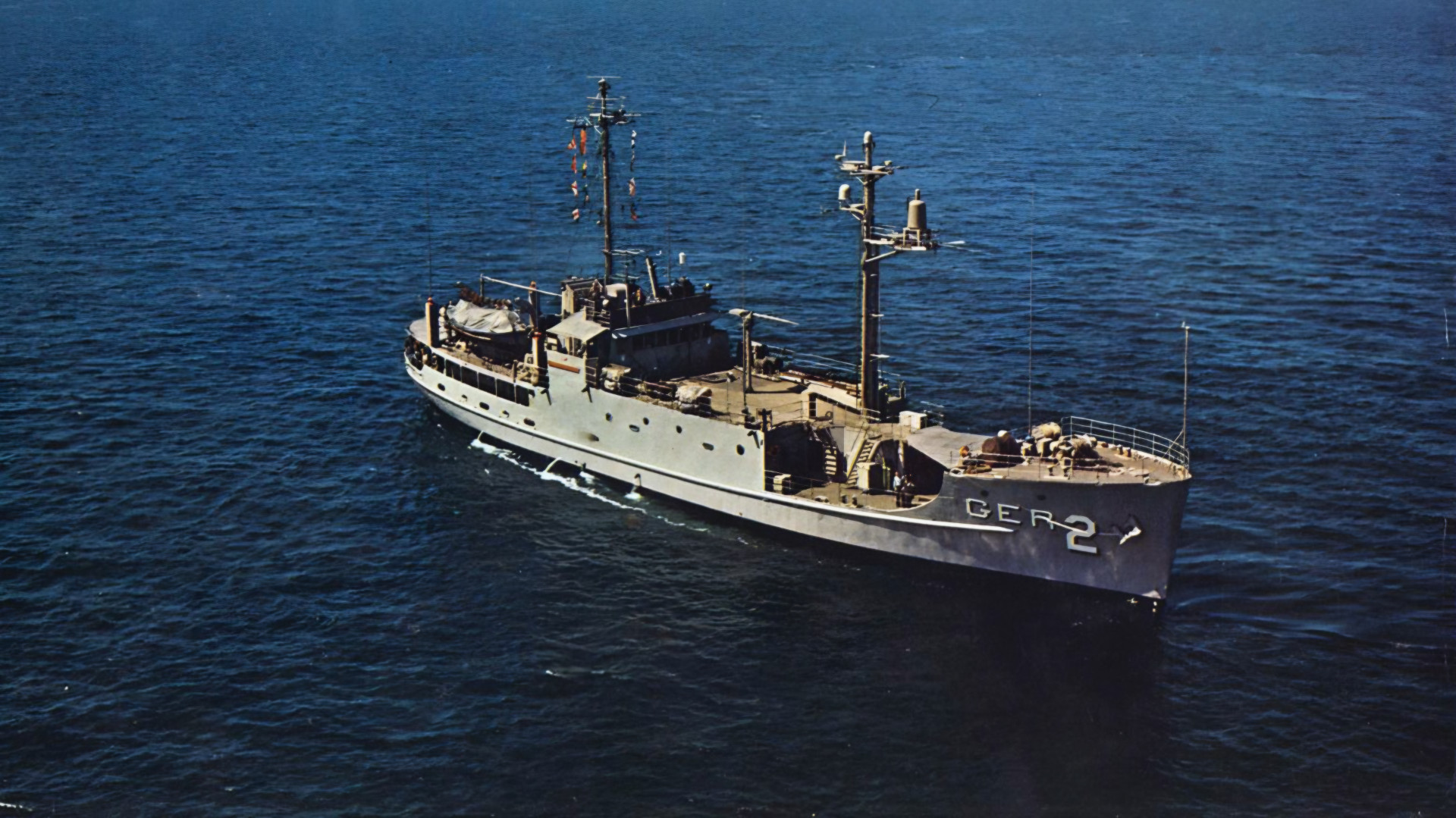
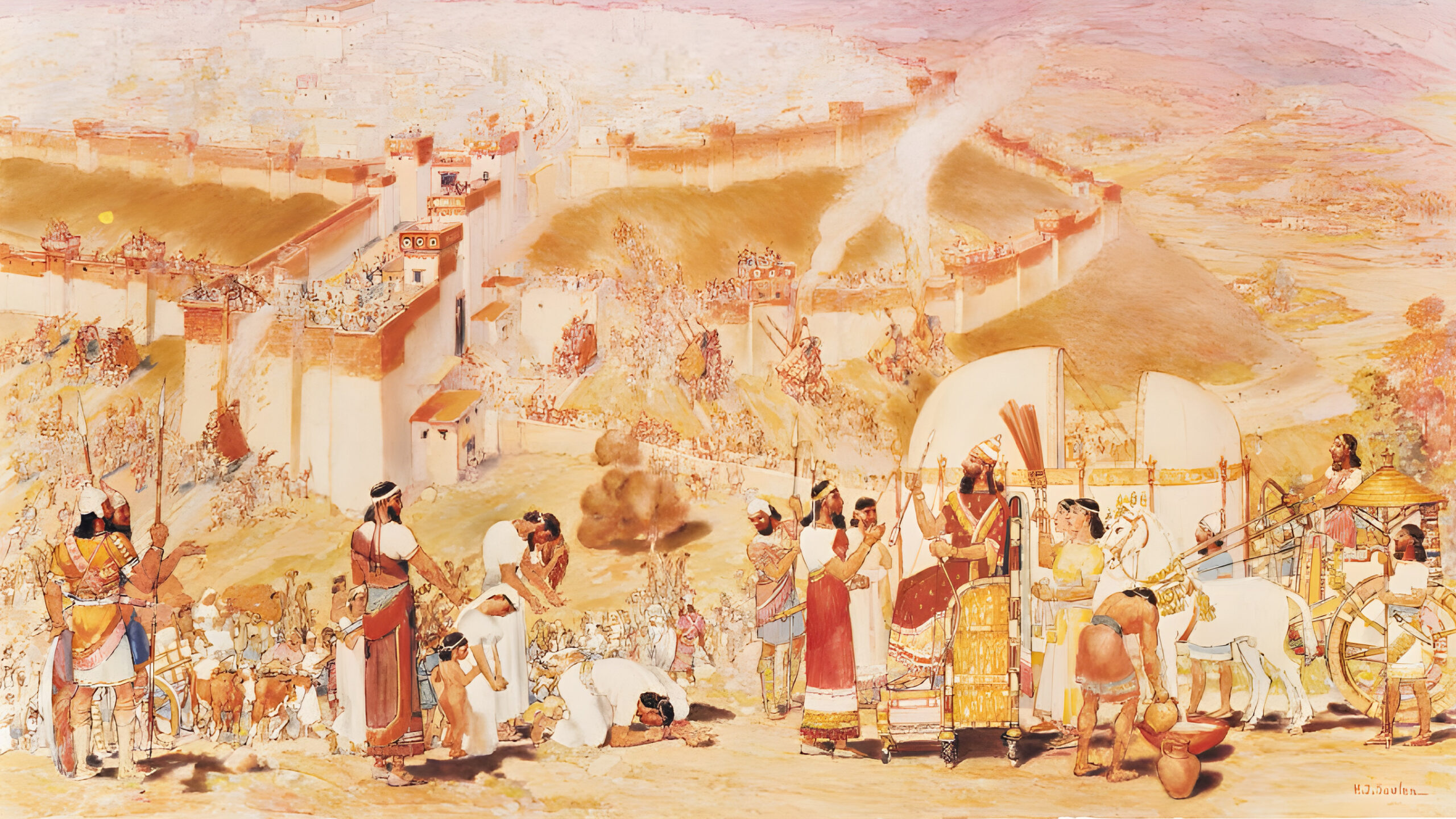
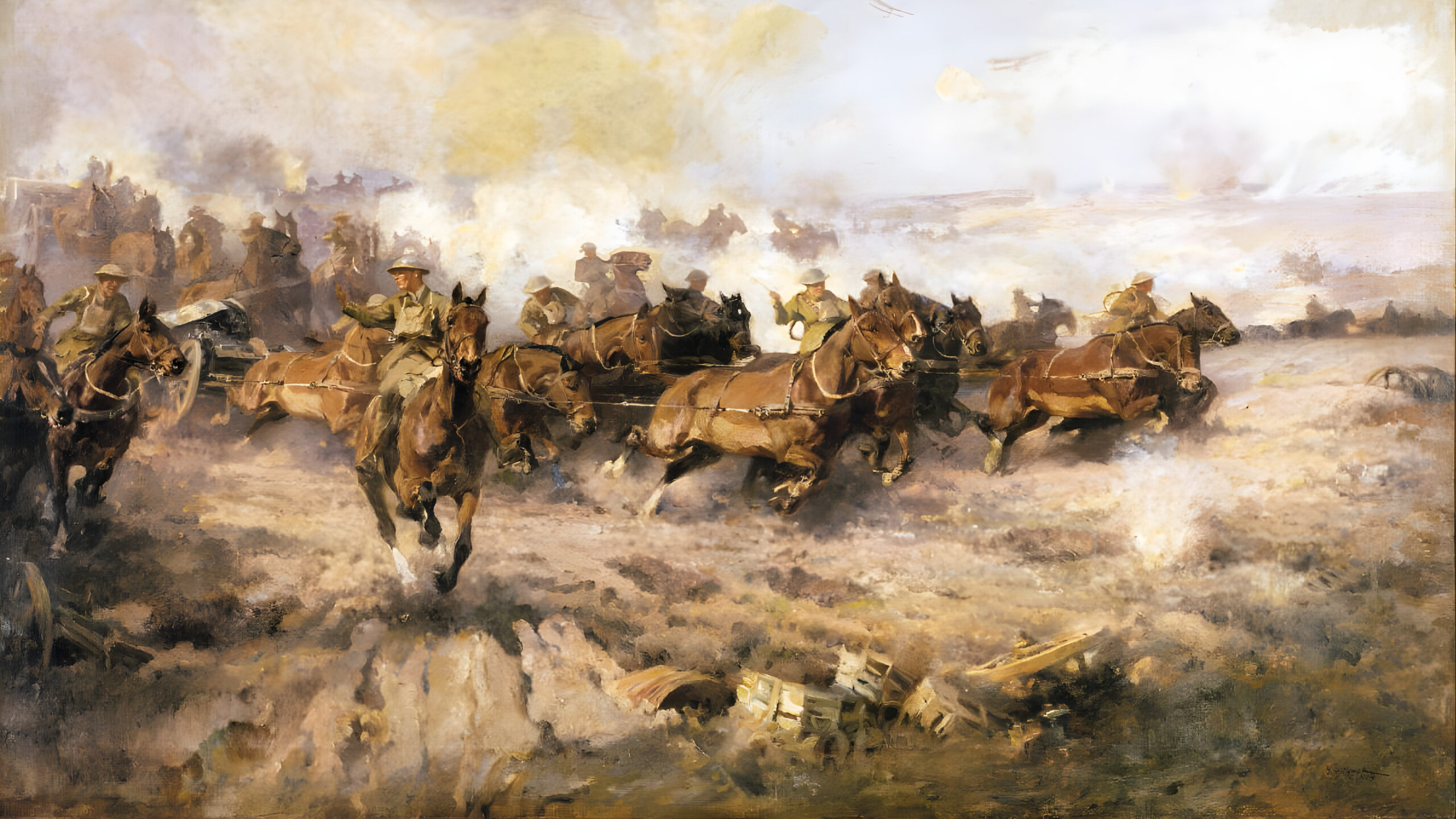
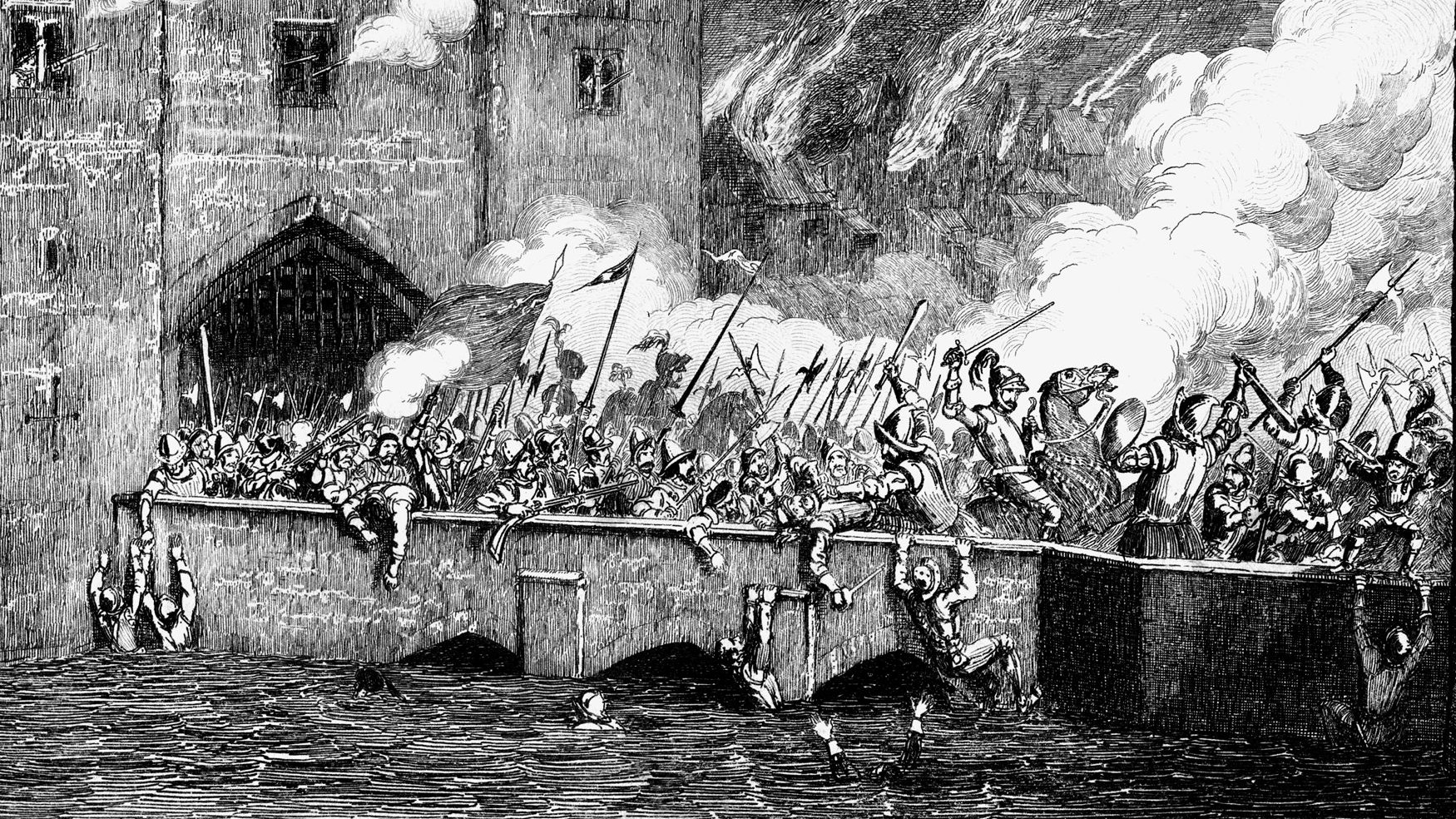
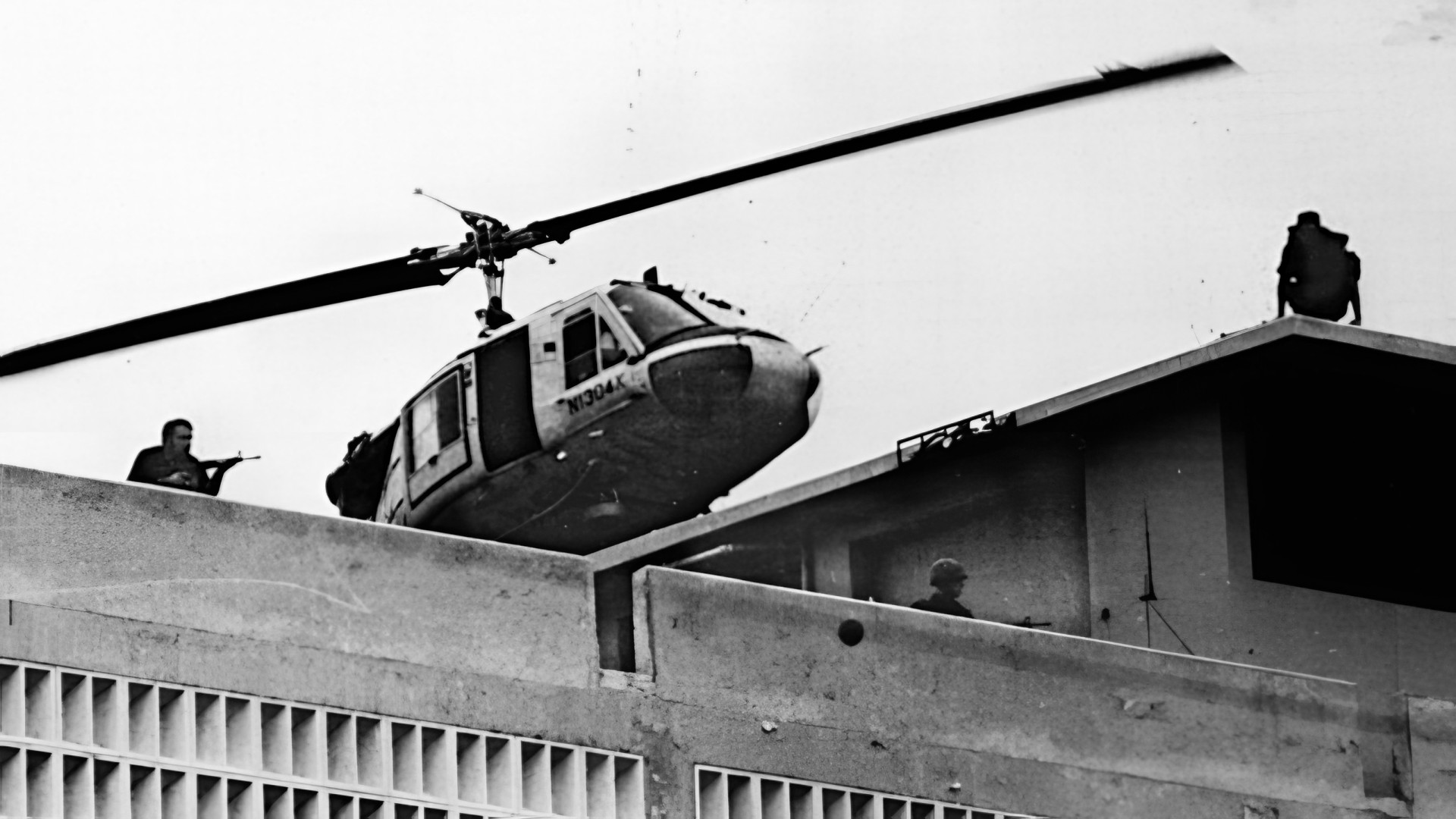
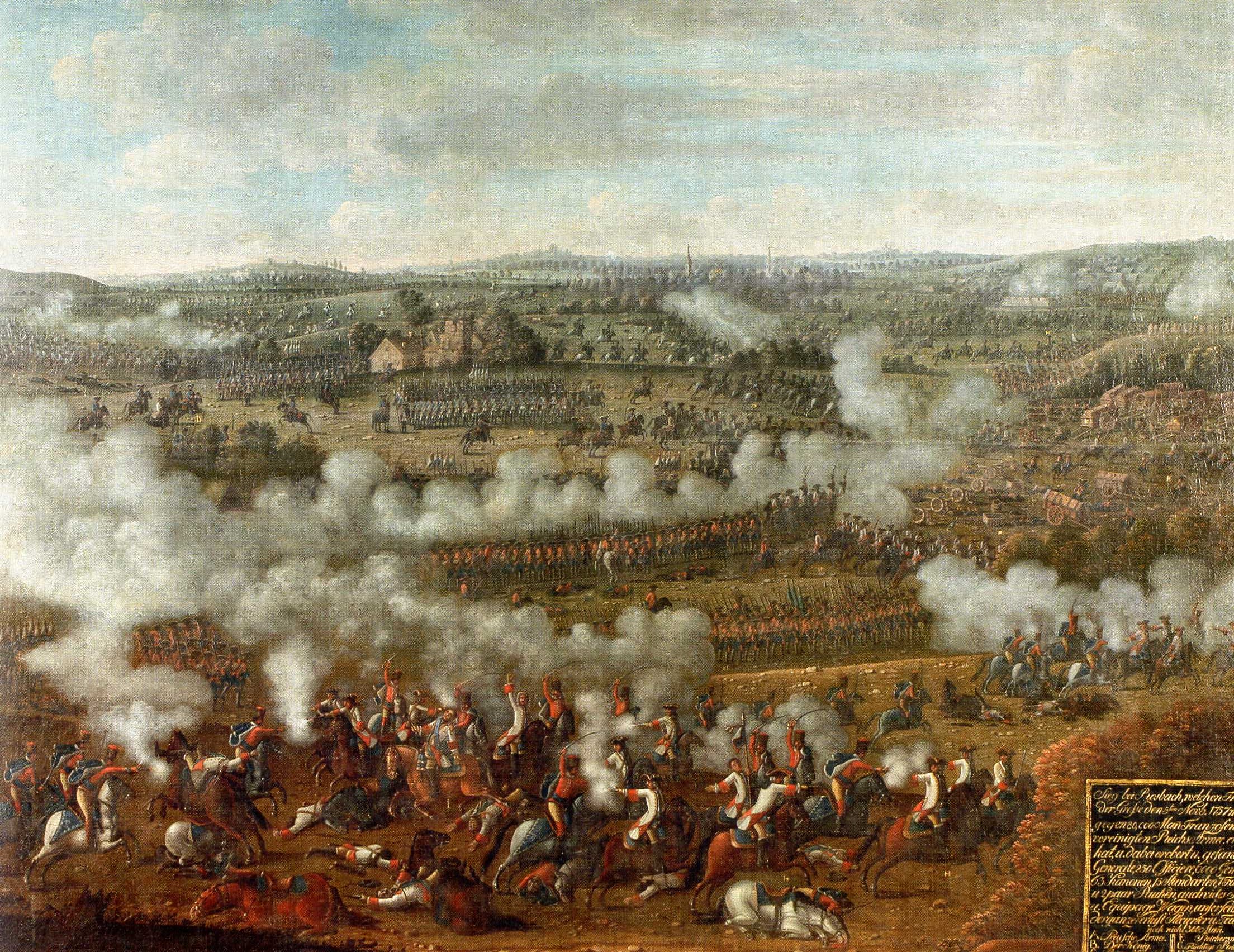
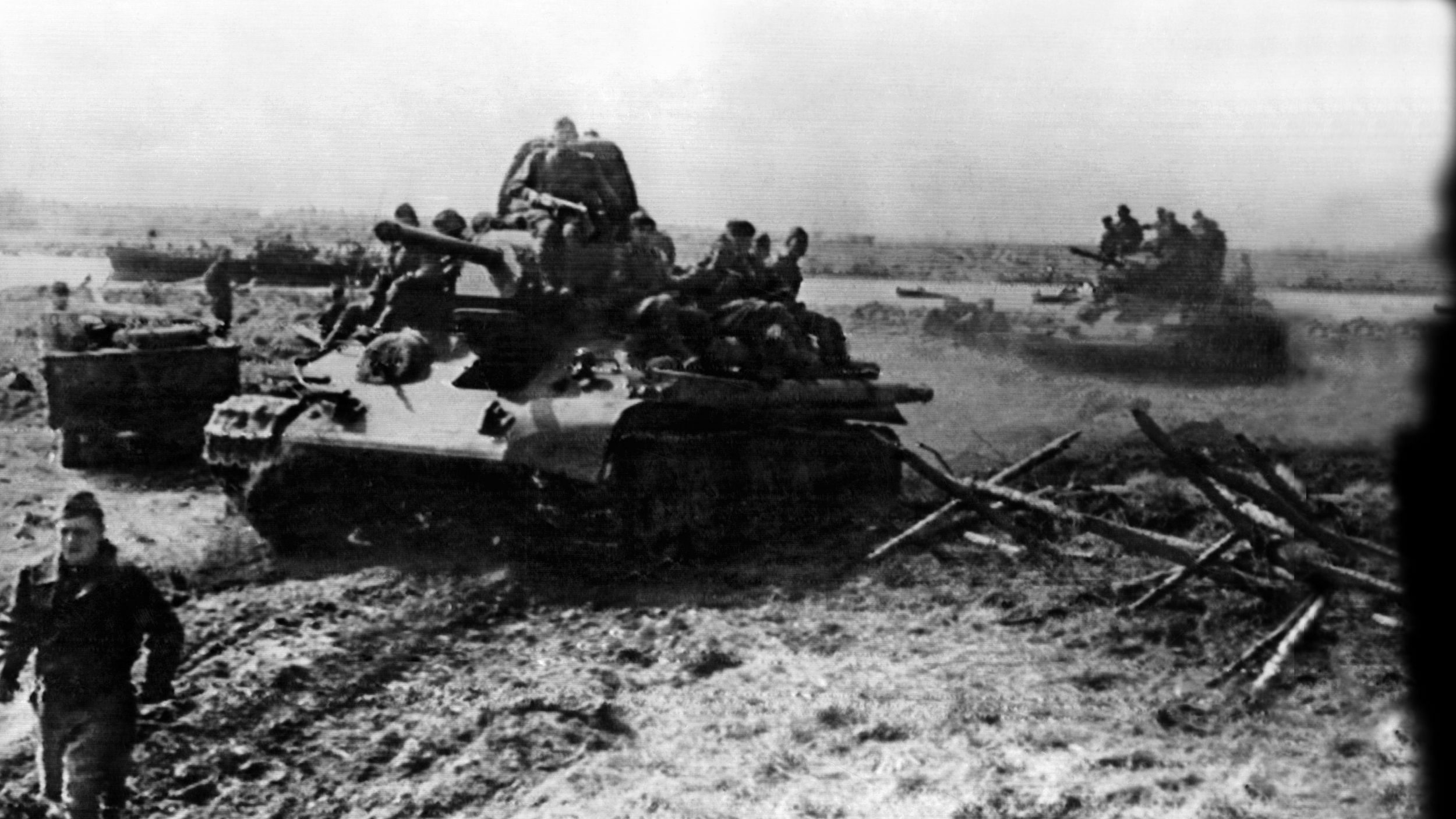
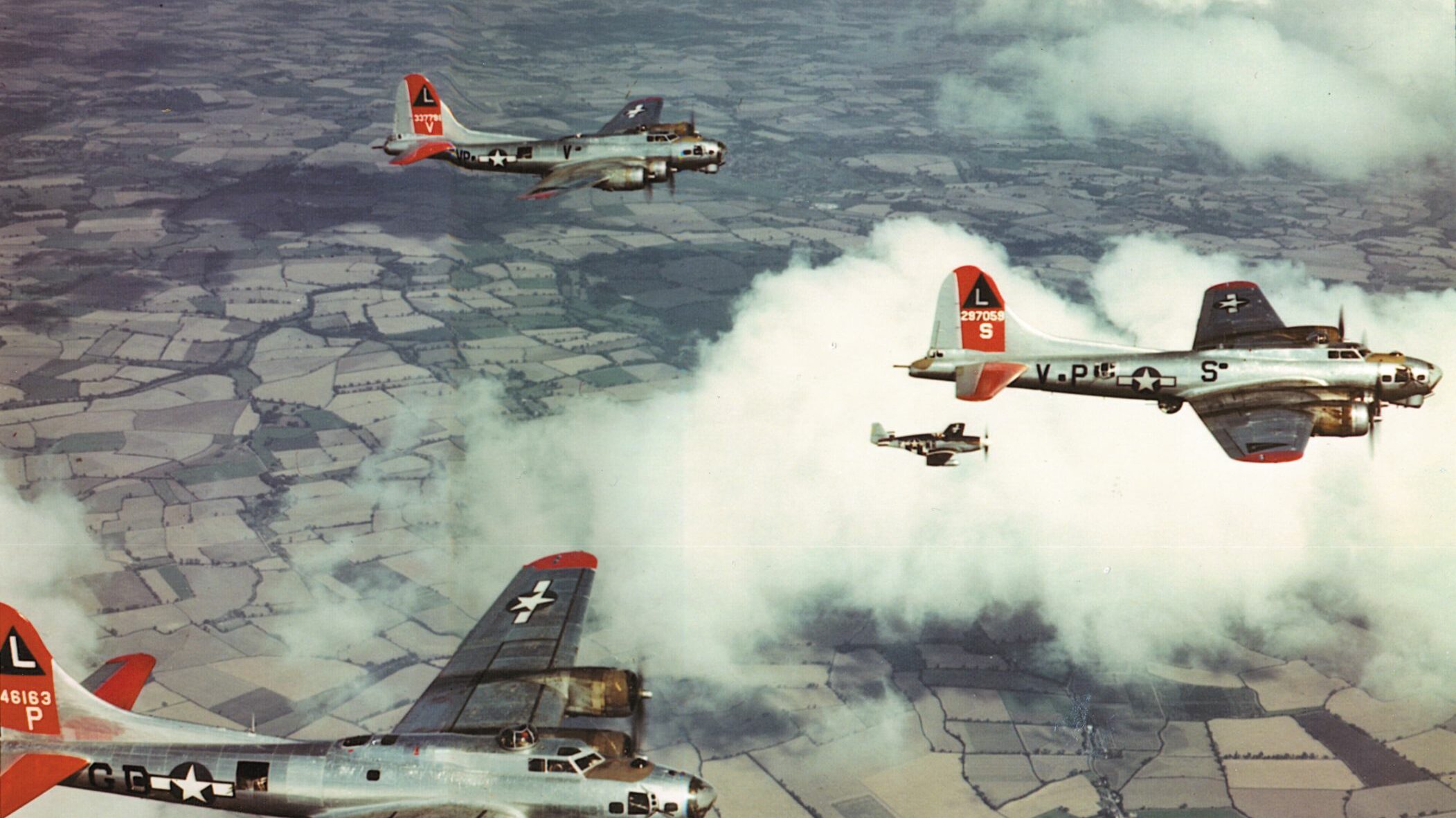
Join The Conversation
Comments
View All Comments